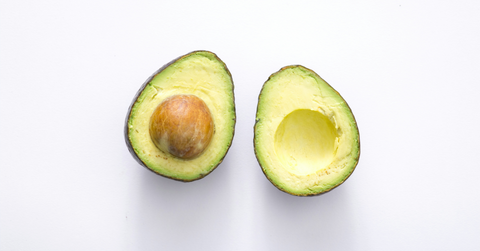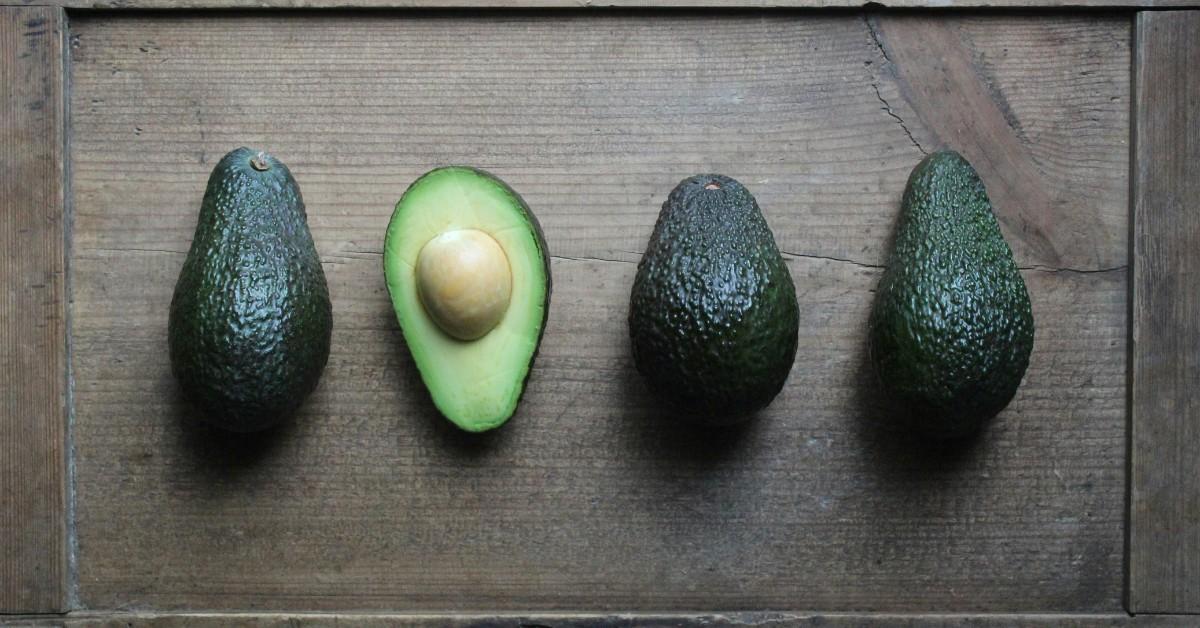5 Signs Your Avocado Has Gone Bad
Avocados have a very short shelf life once they start to ripen.
Published Oct. 1 2024, 10:54 a.m. ET

Avocados have become a staple in many households. From homemade guacamole to avocado toast, almost everyone has a favorite recipe that calls for a bit of the fruit.
Unfortunately for avocado fans, there's only a small window between ripeness and rot when it comes to the fruit, which means it's very important to learn how to tell if your avocado is going bad before you start to whip up your next dish.
Keep reading as I break down the five signs you need to lookout for that may signal that your avocado is past its prime, including how to tell if your avocado is ready to eat today.

The avocado's skin has changed.
Depending on the variety of avocado you purchase, you can expect a ripe fruit to be green in color. According to the Avocados from Mexico blog, you can also tell when your avocado will be ready to eat by looking at what shade of green you're dealing with and by feeling the texture of the skin.
Those avocados that still need a bit more time to ripen up will likely be lighter in color, and may feel smooth to the touch.
In contrast, ripened avocado skin will start to appear darker, and may even have black speckles across the bumpy surface of the skin. Once you see those signs you'll only have a day or two to enjoy your fruit before it starts to move past that ripe period and into one of decay, where the skin will harden, appear significantly more bumpy, and may even turn completely black. At that point, your avocado has gone bad.
The avocado feels squishy when you apply pressure.
A good avocado will have a bit of give when you squeeze it gently in your palm, allowing you to feel the shape of the fruit under the skin without actually creating any long-lasting dents when you give it a squeeze.
On the other hand, an avocado that isn't yet ripe won't have any give to it.
Lastly, an overripe avocado won't return to its initial form after being squeezed, and instead the indentations from your hands will remain visible after you're done pressing into it.
The avocado has begun to smell or taste strange.
There is nothing quite like the smell of rotting food. If your avocado has gone past its prime and has begun to decompose you may notice an unpleasant odor.
Additionally, the fruit of the avocado may begin to taste bad as well, producing a slightly sour flavor.
Your avocado has visible mold on the outside of it.
Another sign your avocado is no longer good to eat? It's started growing things. Mold can begin to form on an avocado once it starts to go bad. This type of mold generally appears light in color and fuzzy in texture, according to Healthline.
If you see mold growing on the exterior of your fruit, you should compost it right away in order to help keep mold spores from spreading.
The inside of the avocado is discolored or has an unusual texture.
Unfortunately for anyone who has ever discovered their avocado was no longer edible while they were in the process of prepping it for a meal, sometimes the only sign you'll get that your avocado has gone bad is one that you can't see until you cut into it.
If you slice open your avocado and discover discolored meat or a stringy texture, your avocado may be better off in the compost bin than in whatever recipe you were getting ready to make.
Knowing these indicators will not only help you when you shop, but it will also help you recognize when the avocados you have at home are going bad as well, both of which can go a long way in helping to cut down on food waste and ensuring that you get to enjoy your favorite avocado dishes.